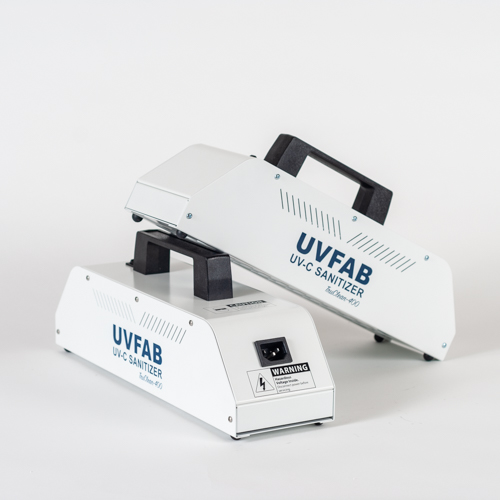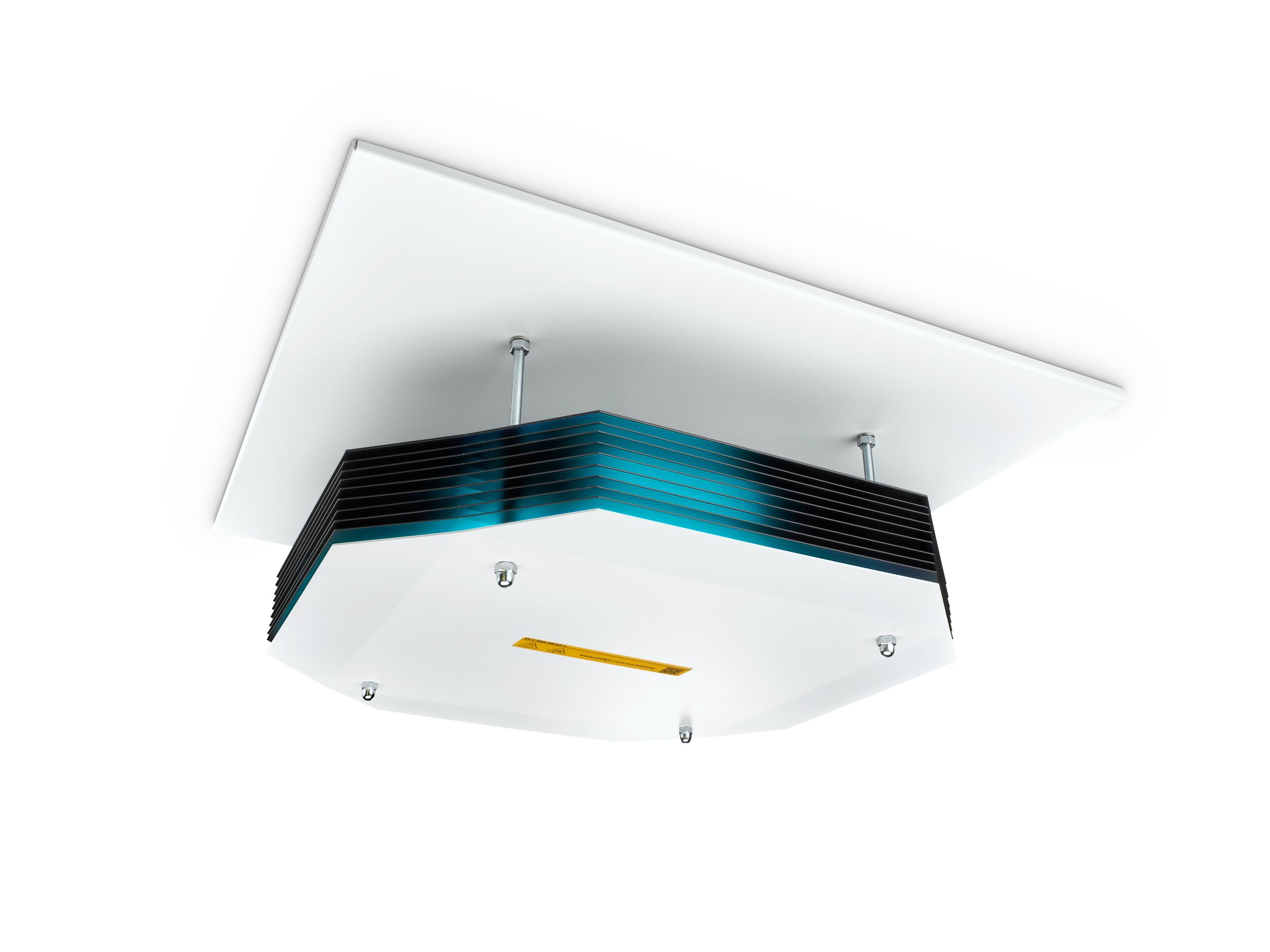Using the Power of UV Surface Disinfection: A Comprehensive Overview for Healthier Spaces
Using the Power of UV Surface Disinfection: A Comprehensive Overview for Healthier Spaces
Blog Article
UV Disinfection: The Cutting-Edge Innovation Transforming Hygiene Practices
In the world of hygiene methods, one modern technology has actually arised as a game-changer: UV disinfection. With its capability to eradicate harmful microorganisms, this sophisticated modern technology is changing the method we come close to tidiness and hygiene. How does UV sanitation job, and what are the benefits it offers? From health care settings to food handling, UV sanitation is making its mark in different industries. In this conversation, we will certainly discover the details of this transformative innovation and expect its appealing future.
Exactly How UV Sanitation Works
UV sanitation works by using ultraviolet light to ruin or inactivate microorganisms, providing a extremely effective and chemical-free approach of cleanliness. This technology uses the power of short-wavelength UV-C light, which is qualified of damaging the DNA and RNA of bacteria, hence rendering them not able to recreate and create injury.
The procedure begins with the setup of UV disinfection systems, which contain UV lamps that emit UV-C light. These lights are tactically positioned in areas where microbial contamination is an issue, such as water therapy plants, medical facilities, research laboratories, and food handling centers.
When microorganisms are subjected to UV-C light, the photons permeate their cell wall surfaces and get to the DNA and RNA within. The high-energy UV-C photons disrupt the genetic product by producing bonds in between surrounding nucleotides, resulting in the formation of thymine dimers. These dimers protect against the microorganisms from replicating, rendering them safe.
UV sanitation is very reliable versus a vast array of bacteria, consisting of parasites, microorganisms, and infections. It is specifically effective versus waterborne pathogens like E. coli, Giardia, and Cryptosporidium. Furthermore, UV disinfection is a chemical-free approach, eliminating the demand for possibly hazardous anti-bacterials and minimizing the threat of harmful sanitation by-products.
Benefits of UV Disinfection
UV disinfection supplies many advantages in the area of sanitation, making it an extremely preferred approach for efficiently removing hazardous microorganisms. Unlike conventional disinfection techniques that count on chemicals, UV disinfection uses ultraviolet light to destroy the DNA of bacteria, providing them not able to reproduce and trigger infections.

UV sanitation is also highly flexible in its applications. It can be made use of in numerous setups, consisting of health centers, schools, food processing facilities, and water treatment plants. UV disinfection systems can be quickly incorporated right into existing hygiene techniques, providing an additional layer of defense versus infectious diseases.
In addition to its efficiency and adaptability, UV sanitation is likewise eco friendly. It does not produce any dangerous by-products or residues, making it a secure and lasting technique for cleanliness - uv surface disinfection. Additionally, UV disinfection calls for marginal upkeep and has a long lifespan, resulting in price financial savings in the lengthy run.
UV Sanitation in Health Care Settings
In health care settings, UV disinfection has arised as a cutting-edge technique for effectively removing harmful microorganisms. UV disinfection works by producing ultraviolet light at a certain wavelength that is dangerous to bacteria, viruses, and various other microorganisms.
First of all, UV sanitation is a non-chemical technique, making it an eco-friendly choice compared to standard disinfection approaches that typically include using rough chemicals. The use of UV light eliminates the requirement for chemical anti-bacterials, decreasing the danger of unsafe residue or chemical exposure to both patients and medical care employees.
In addition, UV sanitation is extremely efficient in eliminating a variety of bacteria, including drug-resistant microorganisms such as MRSA and C. difficile. It gives a constant and dependable sanitation process, making sure that all surfaces and tools are thoroughly disinfected, also in hard-to-reach locations.

UV Disinfection in Food Processing
The application of UV disinfection extends past health care setups and locates significant worth in the realm of food handling. uv surface disinfection. UV disinfection technology is coming to be increasingly prominent in the food sector due to its capacity to efficiently remove dangerous pathogens and boost food safety
Among the major advantages of UV disinfection in food handling is its capacity to target a variety of microorganisms, including molds, germs, and viruses. By making use of UV light at details useful source wavelengths, it is feasible to interrupt the DNA and RNA of these pathogens, rendering them not able to cause or reproduce injury. This technology can be related to different stages of the food handling chain, consisting of surface area disinfection, equipment sanitation, and water therapy.
UV sanitation offers a non-thermal and chemical-free technique of disinfecting food. Unlike conventional sanitation approaches that rely upon chemicals or warm, UV modern technology does not leave any type of deposit or change the preference, appearance, or nutritional worth of the food. This makes it a perfect remedy for sectors that need stringent adherence to high quality criteria.
Moreover, UV disinfection systems are simple to set up and operate, needing very little maintenance. They can be integrated into existing processing lines without triggering substantial disturbances to the manufacturing procedure. In addition, UV systems have a quick treatment time, enabling continual processing and decreasing downtime.
The Future of UV Sanitation

One area where UV sanitation is expected to make substantial innovations remains in the area of healthcare. With the increase of antibiotic-resistant microorganisms and the requirement for a lot more reliable sanitation methods, UV light has the possible to play a crucial function in reducing healthcare-associated infections. UV disinfection systems can be utilized to decontaminate surfaces, devices, and also the air in health care facilities, assisting to stop the spread of dangerous pathogens and boost client safety and security.
One more sector that could gain from developments in UV sanitation technology is the food industry. UV light has actually currently proven to be a reliable technique for sanitizing food items and reducing the threat of foodborne illnesses. As technology improves, we can anticipate to see extra reliable and economical UV disinfection systems being applied in food handling plants, making certain that the food we take in is secure and devoid of hazardous microorganisms.
Final Thought
To conclude, UV disinfection is a sophisticated modern technology that is changing hygiene practices in medical care setups and food processing. By utilizing UV light to eliminate or shut off bacteria, it supplies countless benefits such as efficiency, effectiveness, and safety. With ongoing developments in this field, UV sanitation holds wonderful possible for the future of hygiene, giving a sustainable and reliable service for preserving tidy and hygienic settings.
UV sanitation is a chemical-free read the full info here approach, removing the directory requirement for possibly damaging anti-bacterials and decreasing the danger of hazardous sanitation spin-offs.
Unlike conventional sanitation methods that rely on chemicals, UV disinfection utilizes ultraviolet light to damage the DNA of bacteria, making them unable to reproduce and cause infections. Unlike traditional sanitation approaches that count on chemicals or heat, UV modern technology does not leave any kind of residue or modify the taste, structure, or nutritional value of the food. As innovation improves, we can anticipate to see more effective and cost-effective UV sanitation systems being executed in food processing plants, making sure that the food we take in is secure and free from unsafe germs.
In conclusion, UV sanitation is a sophisticated modern technology that is changing hygiene techniques in medical care setups and food processing.
Report this page